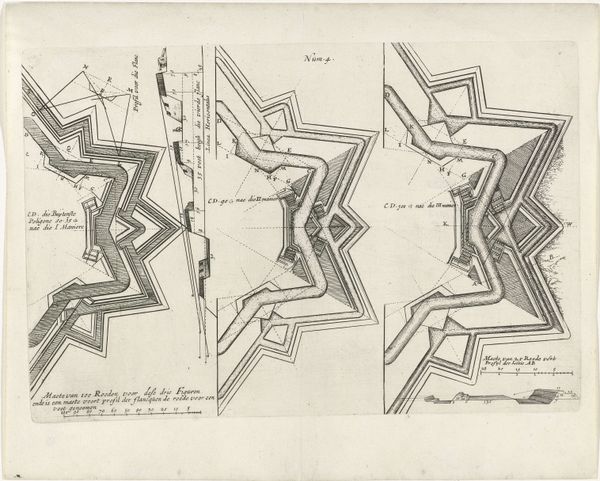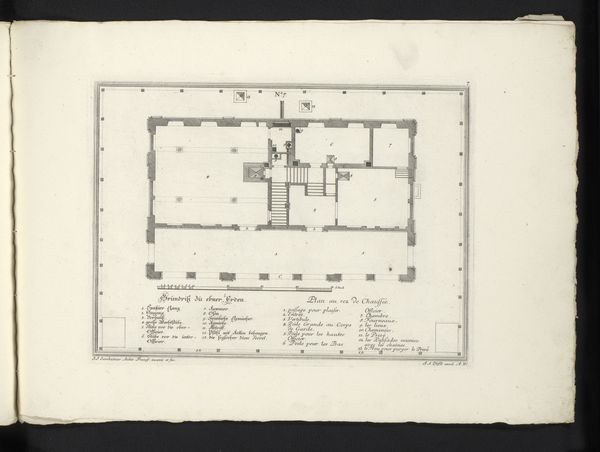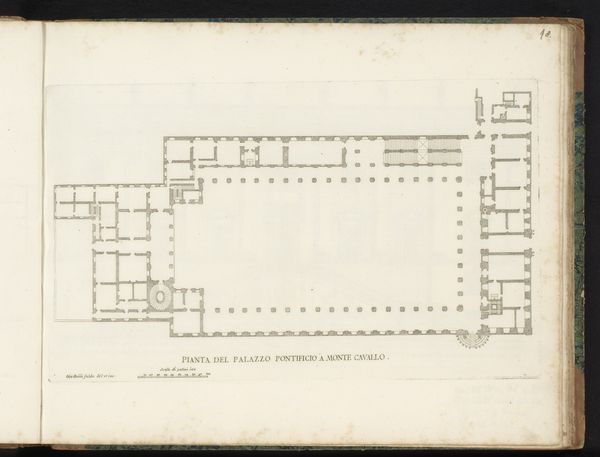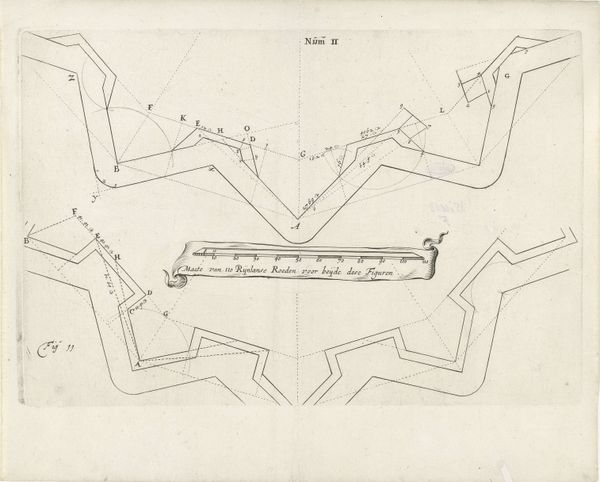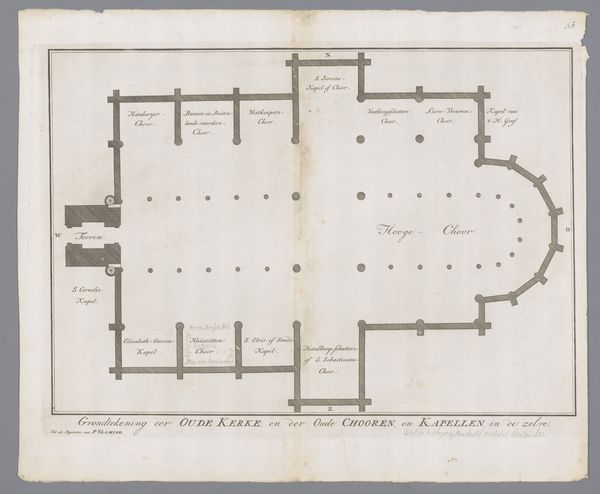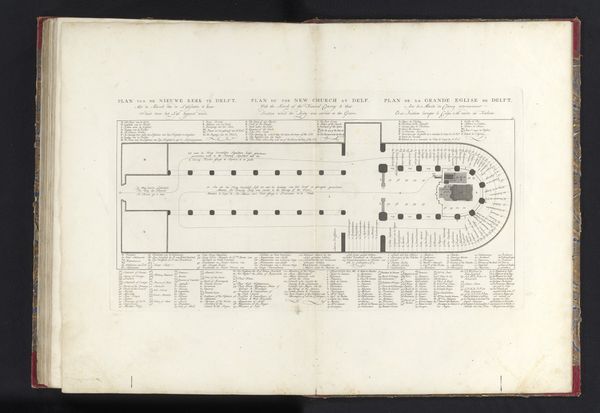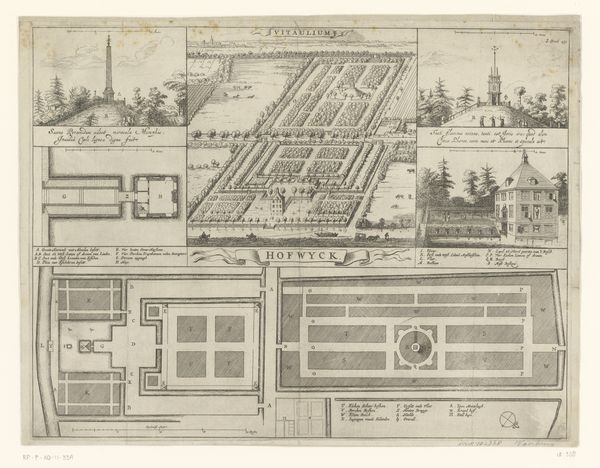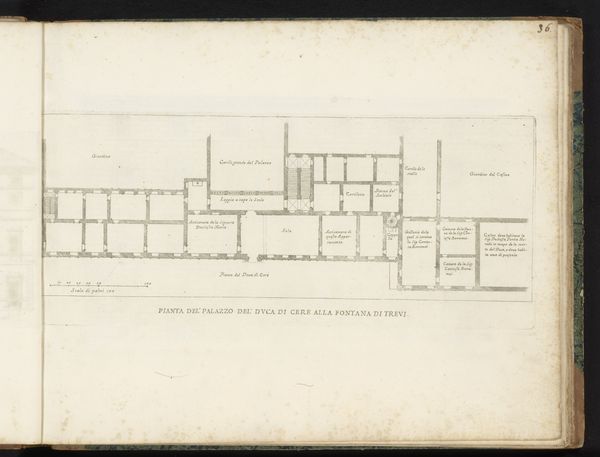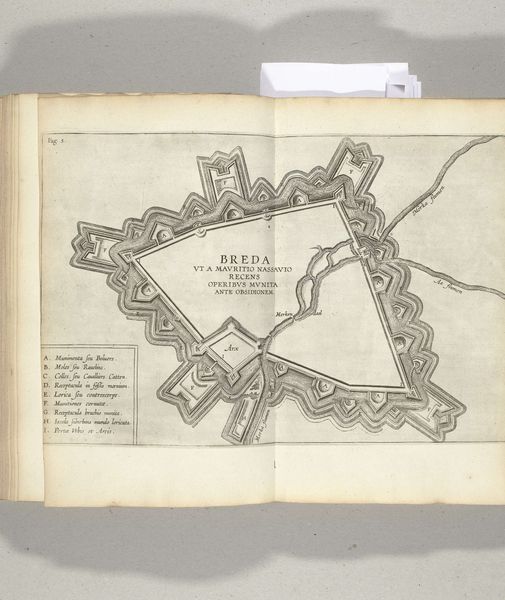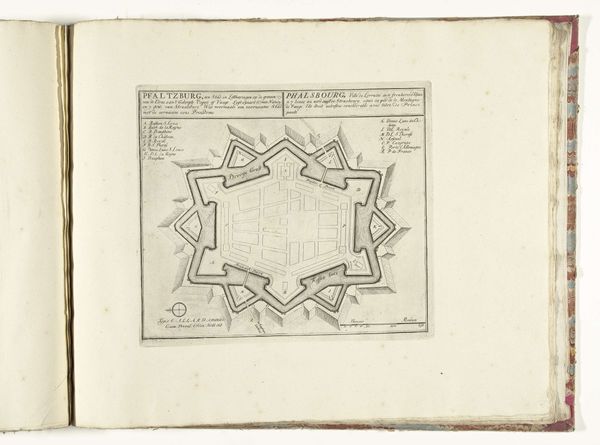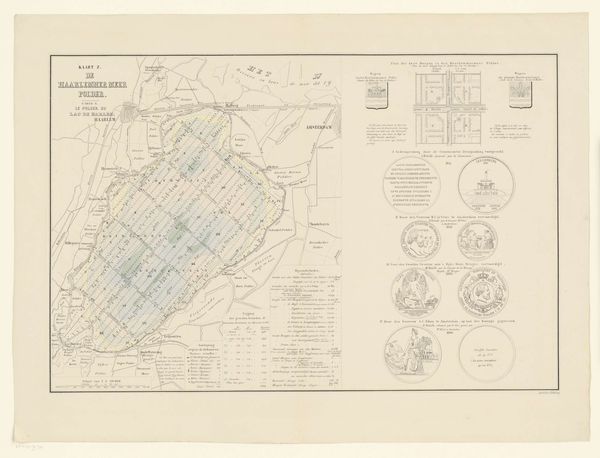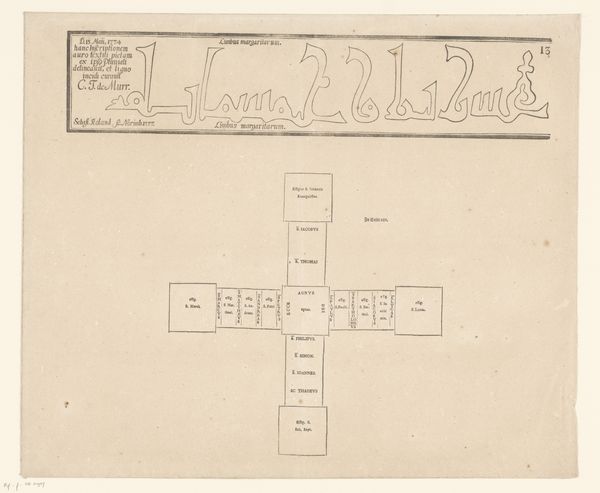
drawing, print, paper, ink, engraving
#
drawing
#
baroque
# print
#
paper
#
ink
#
geometric
#
line
#
cityscape
#
islamic-art
#
history-painting
#
engraving
Dimensions: height 513 mm, width 690 mm
Copyright: Rijks Museum: Open Domain
Editor: We're looking at a piece titled "Plattegrond van de versterkingen van Temesvár, 1716", made between 1716 and 1729, housed here at the Rijksmuseum. It’s an anonymous work using drawing, print, ink, and engraving on paper. Initially, I’m struck by how precise and geometric it is. What compositional elements stand out to you? Curator: The piece presents a fascinating interplay between line and space, doesn't it? Notice how the intricate network of lines not only defines the city's layout but also creates a complex visual texture. The baroque style informs the work's ornate detail. Do you observe any inherent tension between the flatness of the plan and the implied depth of the architecture represented? Editor: Absolutely. There's a contrast between the two-dimensional representation and the three-dimensional structures it depicts. Does the abstraction serve to emphasize function over aesthetic appeal? Curator: Precisely. The lines, seemingly simple, possess a potent ability to signify strategic arrangements, defense mechanisms, and urban planning, a primary function in technical drawings. Consider the relationship between these lines and their symbolic meaning, apart from the represented location. Editor: That's a good point. I was so caught up in trying to visualize the city that I missed how the lines themselves create this striking pattern. It's less about Temesvár and more about the structure and purpose behind the rendering. Curator: Yes, and note how the light plays on the lines themselves—some thicker and darker than others, creating shadow and therefore form, emphasizing their deliberate construction. Have your views about it shifted? Editor: Absolutely. I came in seeing a historical map and now I recognize a compelling construction of geometric shapes and lines. Curator: I agree; this meticulous piece offers ample analytical opportunities to further discover the work's symbolic intention beyond its historical value.
Comments
No comments
Be the first to comment and join the conversation on the ultimate creative platform.
